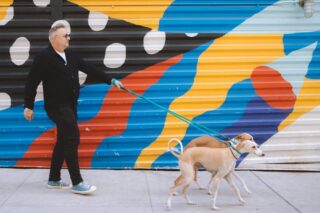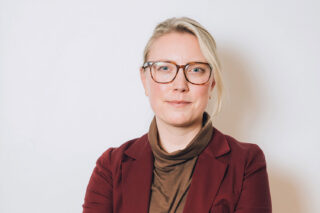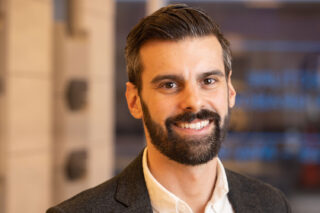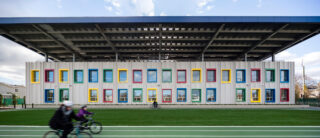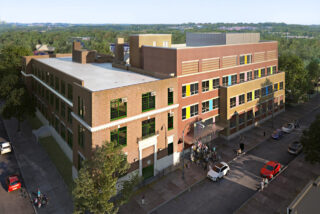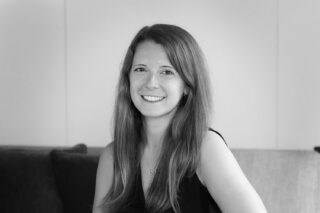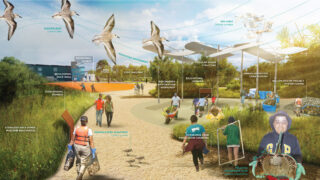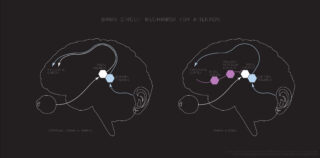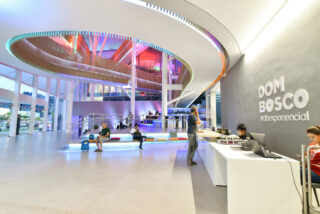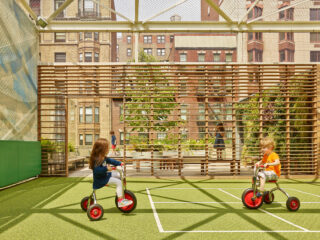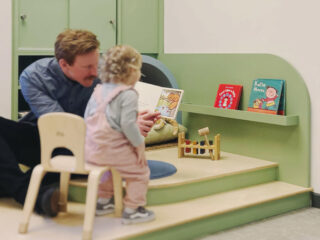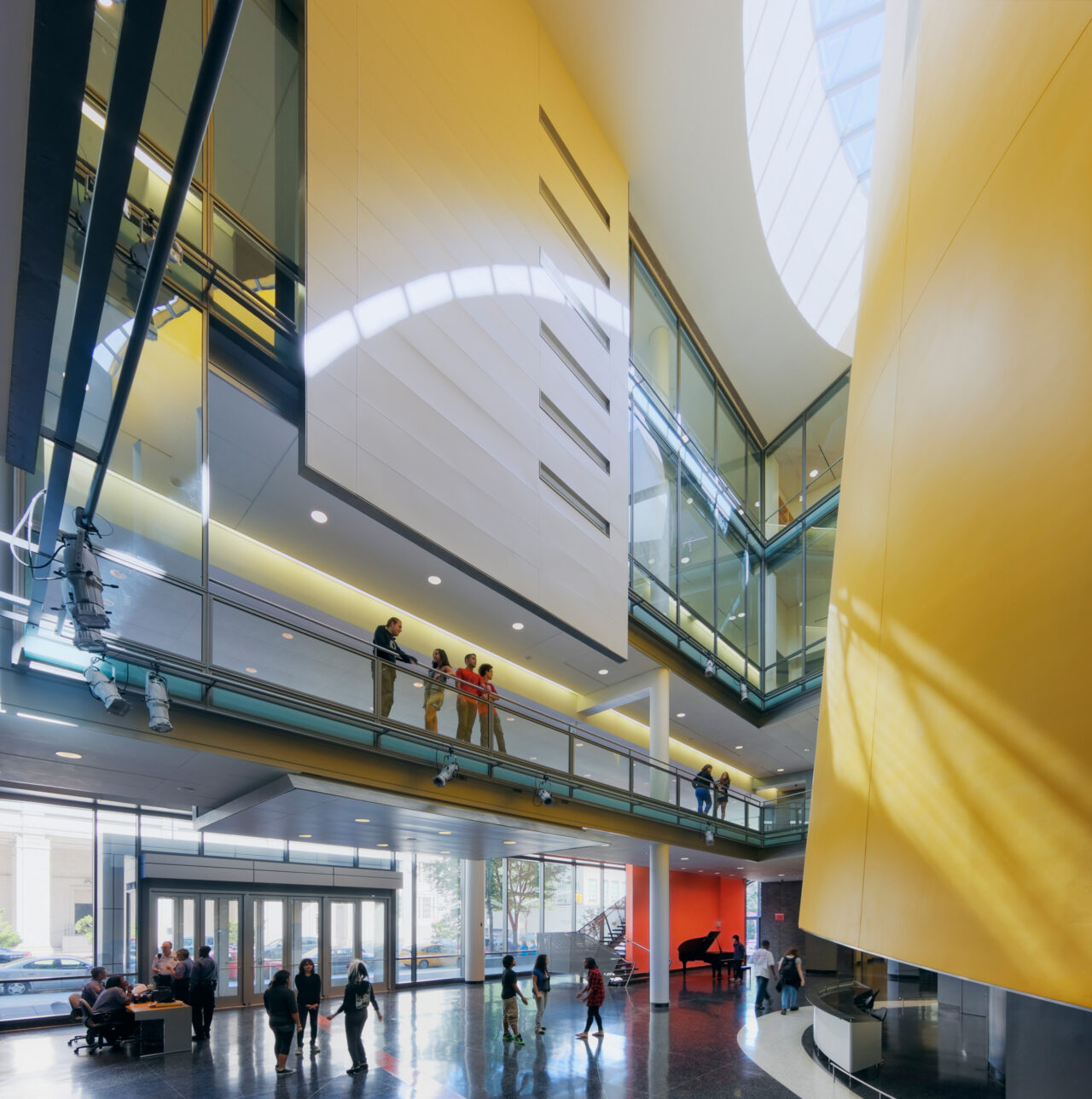
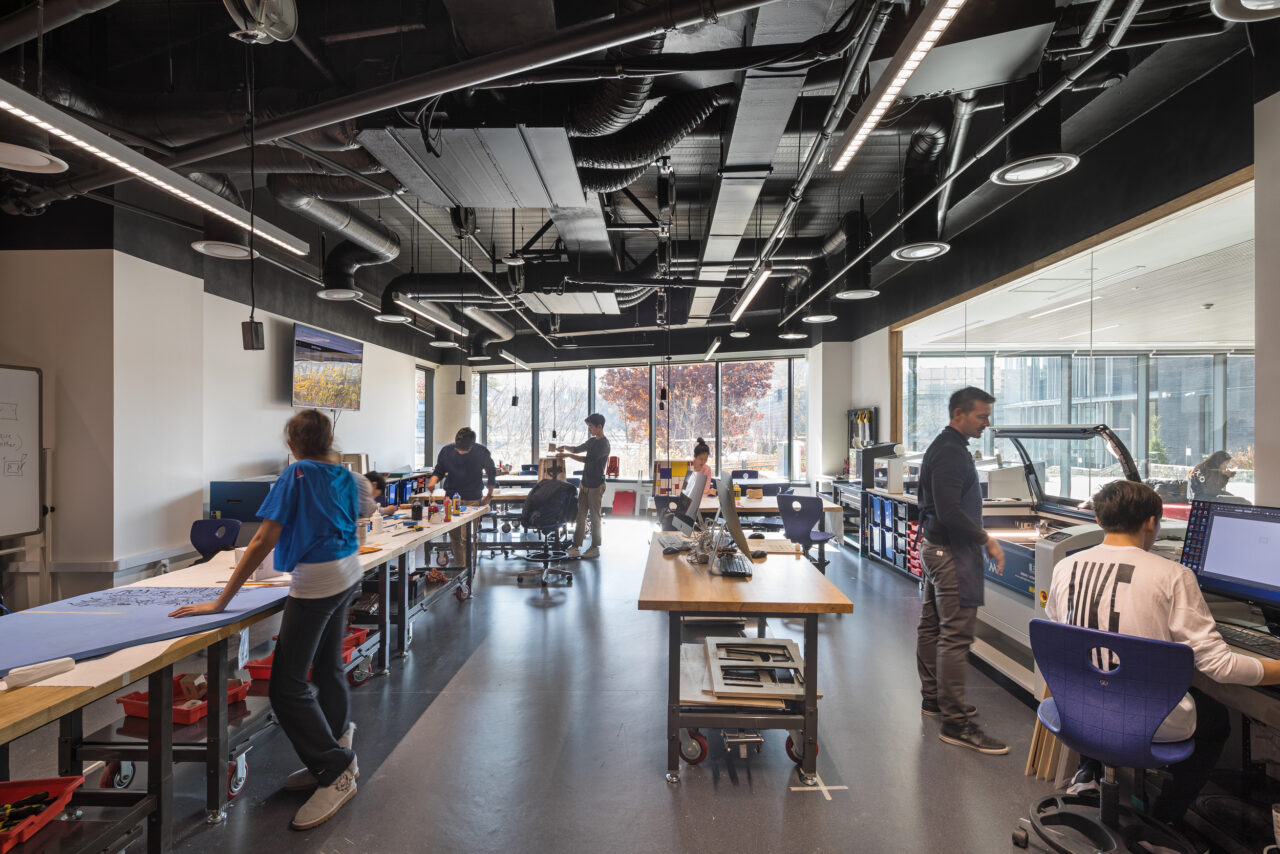
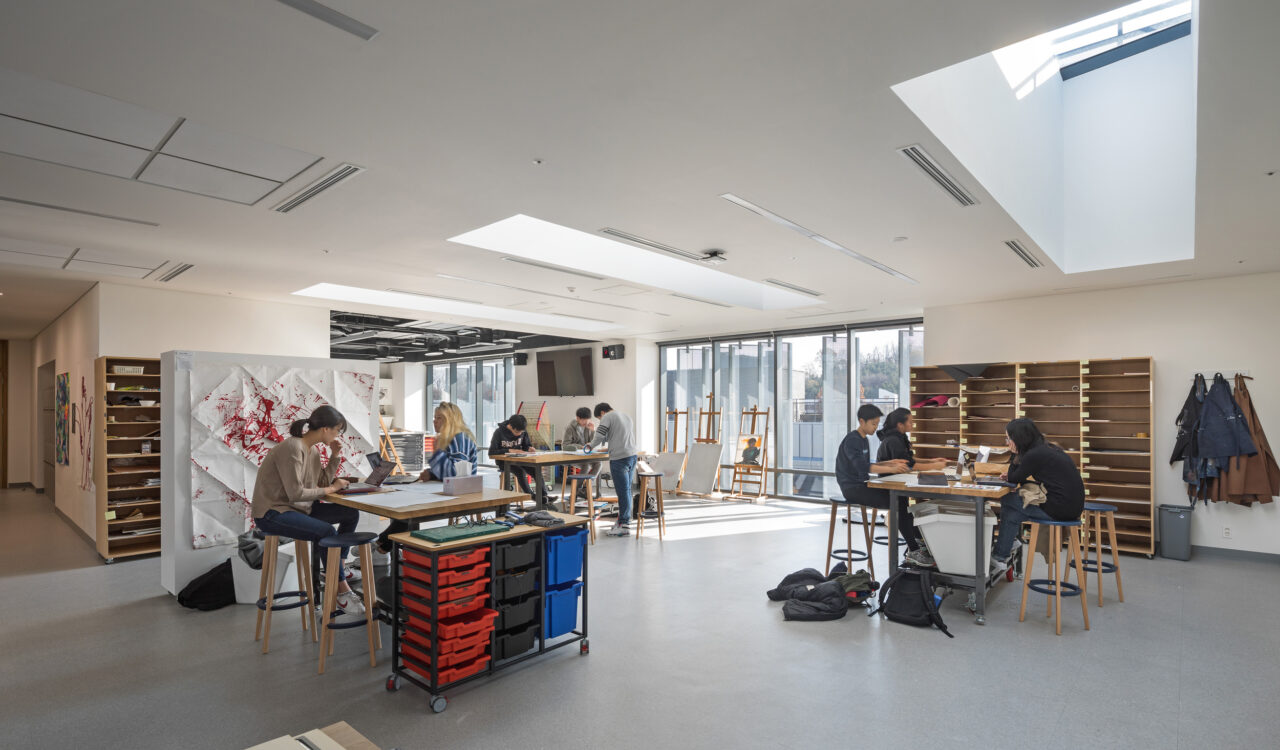
Today’s educators must build upon established teaching and learning methods, while testing new pedagogical innovations, to further the evolution of education and make learning more impactful. At Ennead Architects, three key trends help inform how we create bespoke educational environments and optimize K–12 learning cultures for our clients:
Teaching and Learning in the “Spaces in Between”
A growing body of research from educators, social scientists, and economists suggests that students will face a future requiring them to be constantly learning, retraining, and acquiring new skills. To prepare for this future, today’s students need to develop lifelong intellectual curiosity and the mental agility to obtain knowledge continually through social engagements, peer-to-peer collaborations, and individually motivated learning. To create this type of mind, we believe that classroom learning should be augmented by informal knowledge-sharing outside the classroom, balancing teacher-centric learning with student-centric learning. We see an opportunity to provide this shadow curriculum through what we call the “spaces in between”—the circulation networks of school buildings—and program these spaces to deliver novel, diverse, and challenging environments that give both students and teachers more flexibility as to where, when, and how they teach and learn. This allows for a continuum of learning, teaching, and mentoring to take place throughout the day; provides motivation by putting learning on display everywhere; and engenders in students the idea that learning is not a chore, but both a communal and individual joy.
Making, Design Thinking, and Creating the “Idea Entrepreneur”
Universities and employers are increasingly looking for people who exhibit “elastic minds,” capable of both data collection and synthesis, and design thinking. Progressive K–12 environments should nurture design thinking alongside more traditional education to foster the intellectual pleasure of thinking differently and to teach students the joy of failure. By promoting hands-on experiential learning and maker culture, students can become idea entrepre-neurs—people capable of imagining and delivering new outcomes. We believe that when young learners are provided with spaces to explore critical thinking in new ways—in fab labs, maker spaces, and informal skunkworks—they learn the value of experimentation and iteration in generating meaningful new concepts.
Classrooms for Multiple Teaching Modalities
The classroom remains an educational workhorse for direct knowledge-sharing between teacher and student, and also for peer-to-peer discourse. As such, the classroom must still allow for the traditional mode of teaching with the teacher in front and students facing forward, a setup that is still valuable for independent student work, test taking, and lectures. Today’s K–12 classroom should also be designed to allow the teacher to experiment with different teaching modalities. The classroom can now be designed to allow for alternative teaching, learning, and educational experiences. By utilizing cutting-edge furniture solutions, state-of-the-art AV/IT equipment, operable partitions, and highly tunable lighting systems, we can create classrooms that can be reconceived on an hourly, daily, or weekly schedule. A single classroom can support conventional teaching methods, but also flex to accommodate experiential learning, team teaching, student collaborative learn-ing, demonstrations, flipped classrooms, seminars, and group discussions. We believe that by making the users—the teachers or the students—empowered to alter their environment, we encourage intellectual risk-taking, experimentation, and ultimately the understanding that students and teachers should experiment in the discovery of knowledge.

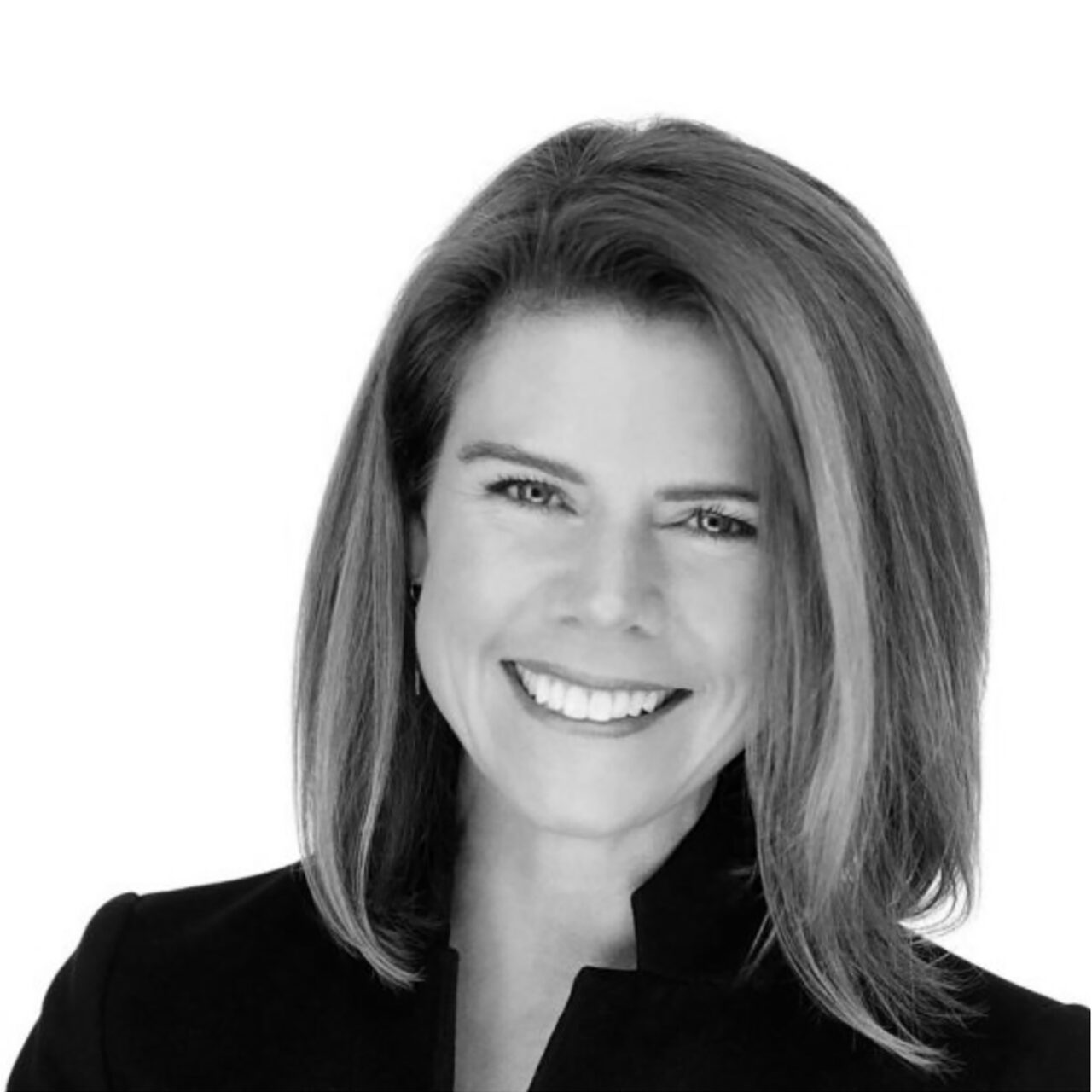
Tomas Rossant, AIA, is a partner at Ennead Architects. His work is recognized for design excellence and exemplifies his commitment to architecture as a powerful change agent that can improve institutional cultures, social communities, and regional ecologies.
Molly McGowan, AIA, is a partner at Ennead Architects who has led many of the firm’s complex projects for academic and cultural facilities. She is a well-regarded expert in education, working with higher-education clients to define and achieve their goals for large-scale projects, and developing innovative learning centers for a range of K–12 clients.








